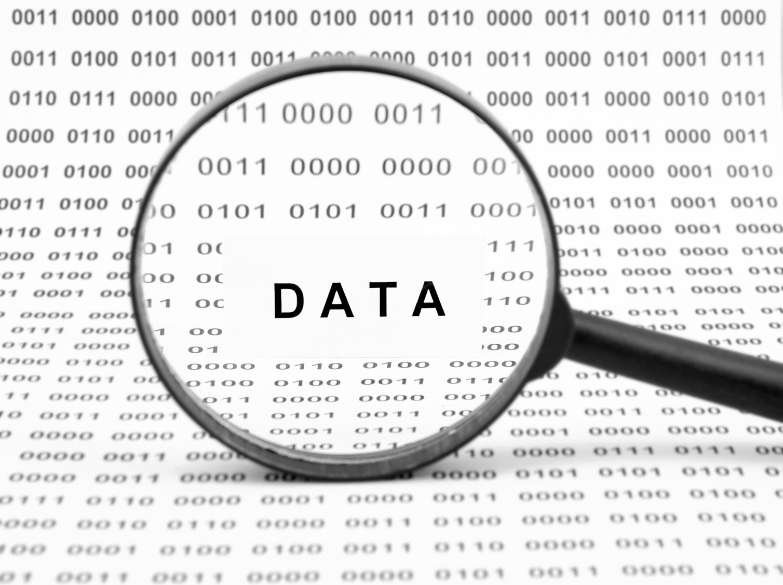
As the data collection methods have extreme influence over the validity of the research outcomes, it is considered as the crucial aspect of the studies
May 2025 | Source: News-Medical
Data abstraction is essential for Database Management Systems (DBMS). It allows for the reduction of a complex database structure to a simpler version of it so that it is easier to manage, understand, and use. Efficient management of data is essential to processes and organization within a business or organization, which in turn, reaffirms faster decisions or protects data better. We are interested in demonstrating the importance of data abstraction for DBMS, its benefits, and the concepts underpinning the necessity of data abstraction in modern data management systems. [1]
Data abstraction in a database management system (DBMS) refers to a method of simplifying interaction between end-users or developers with the DBMS without needing to worry about the complexities of the DBMS internal structure. Abstracting data can occur at three levels:
In essence, the purpose of data abstraction is to provide effective interaction of data between users and developers while abstracting the underlying complexities. [1][2]
Data abstraction helps the administrator or database administrator (DBA) to have an easier management of complex complex-databases by presenting a simplified structure. By handling the storage abstraction, the DBA can address changes and modifications on either the logic layer or view level without any end-user or application programs experiencing any disruptions to their activities or workflows. [2][3]
Given an organization’s data-driven decision-making processes, this increases data stability and integrity during a system upgrade, maintenance, or redesign; ultimately improving its effectiveness and efficiency while promoting a decrease overall downtime.
One of the key benefits of abstracting data from its storage patterns is to enhance security and privacy by restricting users’ access to sensitive data. At the logic-layer and view-level layer, each user can only access data for which they have permission to view while preventing any access to other more sensitive or personally identifiable manner. [3]
For instance, a HR department can have access to relevant human resource information such employee names and job titles but not their salary information or health information. Data abstraction limits what users can see based on organizational access and role in the organization.
Data independence means the ability to change a schema or structure of a database (for example: the physical schema or logical schema) at one level, without affecting other levels. Essentially, an organization can modify or change how data is stored or completely the organizational structure, without affecting the user interface or applications functionality.
There are two classes of data independence:
Abstraction provides data independence; therefore, as business needs and technological advances occur, applications remain viable, and flexible. [4]
Often as organizations expand the data needs become more complex, requiring the database to be scaled as well. Data abstraction allows for the scaling of DBMS systems more easily, with the ability to update and change either the physical or the logical level without halting business as usual.
For example, if an organization is scaling a cloud-based database, it may need to rethink data partitioning or optimize their storage. Thanks to data abstraction, they can do so without having to make major changes to user-level applications or queries.
For a lay user, interacting with a database can be intimidating. Abstraction simplifies the process to allow users to engage with the data in an easy-to-read format, allowing the user to focus only on data relevant to their needs without confusing the underlying structure of the database.
View levels allow users to have specific views of the same database and filter complex data to their need for groups of users to use (for example, sales, finance, HR). These groups will only see information needed while reducing cognitive overwhelmedness helping with considerably quicker decisions. [5]
Data abstraction also promotes consistency across applications. Data abstraction provides a unified interface for an application to access the data (at the logical and view levels), aligning every user and every application to the same “version” of the data, otherwise risk discrepancies and mistakes.
This is especially important for organizations that depend on real-time data, as organizations that engage in commerce, finance, and healthcare. Consistency guarantees users and groups within the organization are always using current data.[6]
Data abstraction is one of the core concepts of the DBMS and can offer organizations many benefits including better data security and scalability. DBMS abstracts these complexities and offers an efficient simple way to complete data management processes while maintaining flexibility, consistency, and ease of access for users.[2][3]
At Statswork we recognize the need for data abstraction to build rules-based systems that are secure and scalable. We specialize in data management services and database solutions, helping organizations streamline processes to assist data accuracy and successful use of data to facilitate decision making. Contact us about our DBMS solutions to help make sense of your data systems.
WhatsApp us